Last Updated on August 5, 2021
In the upcoming Marvel feature, CAPTAIN AMERICA: THE FIRST AVENGER, director Joe Johnston brings the film a sense of classic storytelling. This tale of how Steve Rogers became the first avenger is a thrilling and entertaining one. It’s about time this legendary hero was brought back into to the spotlight..
While at the junket for CAPTAIN AMERICA, I found myself talking with Joe Johnston, and we both were sort of in awe of what this legendary character could do. This heroic and steely-eyed hero has been a staple on television, comics, and of course, in the memories and thoughts of millions. Thankfully Mr. Johnston knew how to bring “Cap” to life.
CAPTAIN AMERICA opens this Friday, July 22, at a theatre near you.
How much of CAPTAIN AMERICA was in your scope before tackling this?
I was not a fan of the comic books. I didn’t dislike it or anything, I was familiar with it, but who isn’t. I think I might have read one “Captain America” comic book when I was a kid. I was not a fan. But I don’t see that as a disadvantage because a fan would tell a completely different story. I was able to be objective about it and say, okay, this works and this works and this will make it cool – the transition to the movie screen – and this doesn’t work. So nothing was sacred to me about Captain America. It’s probably a different… Hey, if it’s not what the fans are expecting, that’s the advantage I think. Show them something new.
I liked the fact that you took an old fashioned approach. Was that how you looked at it from the beginning?
Yeah, I did, and one choice that we made that was crucial to that – and it’s something that I think the audience is going to recognize but they may not know quite why – we shot the entire film on super, super wide lenses. We didn’t use any long lenses. Second unit might have used a couple of 40’s here and there but we shot most of the film on a 17 or a 14 mm lens, which is the way they shot movies in the 1940’s, they didn’t have long lenses. It also forces you to see the world. Even when you are doing a close-up of somebody you are seeing everything behind them. It just opens up the movie, you’re showing everything. Rick Heinrichs designed and built these fantastic sets and I wanted to see every square inch of those sets. They were so amazing. And I said, we are going to shoot this like they would’ve shot it in 1940. Doesn’t make it feel like it was made in 1940, because the film needs to feel contemporary like RAIDERS OF THE LOST ARK, it should be timeless. There is something that tells you that this is not normally how we’d do it. Super wide lenses!
Also the fact that you avoided filling it with quick cuts and edits…
Well, you know, I have to say that there are so many films that are exactly what you are describing. There’s a quick cut and now there is handheld, then swish pan and all that stuff… you don’t even have to consciously say that I’m going to make a film that looks like it’s made in the 40’s, all you have to do is slow down. All you really have to do is take a slightly leisurely pace. You can edit it faster later if you want to but design shots where you can hold on it if you need to. Information keeps changing, new characters come in, somebody leaves and you reframe for this – it just takes a little bit of design sense for blocking out the scene. It’s really easy to shoot a movie where you have a long lens and then you follow a character around, because you know you can edit it a billion different ways. What you are losing is a sense that you are placing the audience in this world and they are sitting there watching something that is really happening. A lot of times it is really subtle stuff but it makes a huge difference.
When it came to the 3D, what were your thoughts going in?
Well we had always planned to do it in 3D. We did a test, an entire day of tests with a 3D rig and a 2D rig – actually we didn’t shoot with the 2D rig – we took one of the eyes of the 3D, but it took all of this gigantic camera rig for 3D. It’s two cameras that are looking at different directions with mirrors and lenses and everything. And it took all day to shot nine set-ups which is about half to a third of what you normally hope to get in a day. What I determined just for my own way of working was that I feel like I could make a much better film in 2D and convert it than to take this gigantic rig. There were moves I wanted to do, I couldn’t do the shots I wanted to do, I couldn’t compose them the same way. But what we did do in shooting in 2D was we shot what we call the “left eye.” We did a shot, and we’d do a clean pass but with minimal action in it that was the same shot, but without the actors in it. That gave the 3D guys the information that they needed – it was behind where the actors could be – so we wouldn’t have to create it, we wouldn’t have to cut and paste. It makes a huge difference.
Didn’t that take a lot of time, or was it easier in the long run?
Well, it took time, I can’t say that it didn’t but we would always do it at the end of the scene. After we had done the scene, we’d say everybody out, and we’d do the exact same move in a clean pass. It’s like shooting the other side – shooting the other lens basically – without the action in it because there is no way you’re going to duplicate the action, but you can duplicate the move enough so that you are giving them the information that is behind that so they can’t see out of one eye. So it did make a difference. We did a test where we took one of those eyes and converted it – created the 3D out of one lens – that was easier to watch because we were able to control where the convergence is. When you shoot 3D you cannot control where the convergence is. Once you photograph it, you are stuck with it. But if you shoot in 2D and convert it and decide where you want the focus to be, you can put the convergence in the foreground or in the background and it makes it easier in an action sequence. It’s really hard to watch full 3D in action sequence where the cuts are quick, because your eye is constantly adjusting forward and backward, that’s what gives you the headache. If you can control that in a 2D conversion you can decide where it is and it’s less where your eyes try and focus back and forth. So it did make a difference.
Not coming from a fan point of view, what did you feel that was special about this character that felt you could bring?
The thing that I recognized in the character of Steve Rogers, here is a character that you do not see in most superhero movies. He is the guy next door. He is humbled, determined, all he really wants to do is serve his country. Once he has his transformation and he becomes the world’s perfect human specimen, he still has to be that guy, he still has to be the guy he was. That’s what was interesting about him for me is that he is earnest, he is humble and he just wants to do the right thing. His superpowers consist of being able to run faster and lift a little more weight and swim deeper and jump higher than an Olympian athlete, but that’s pretty much it. He is mortal. You shoot him, he dies. I didn’t want anybody bulletproof or who could see through walls. That is not interesting to me.
Do you see yourself continuing on with this character?
I signed a two picture deal with Marvel, so I will do another movie with them. I’m interested in exploring the Marvel vault to see what other characters are in there. I don’t have to do a Captain America sequel, it could be anything. So I’m thinking it may be Winter Soldier or the Bucky Barnes story. There are a lot of interesting characters in the whole Marvel universe. There is something like 22,000 different characters. There’s gotta be a good story in there somewhere.






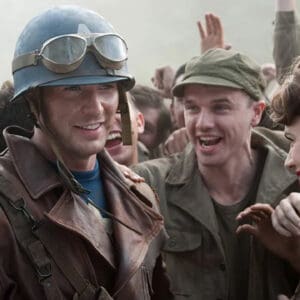
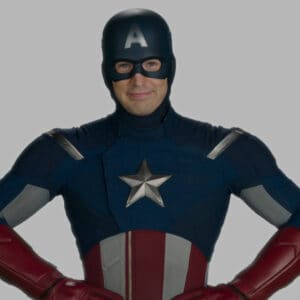
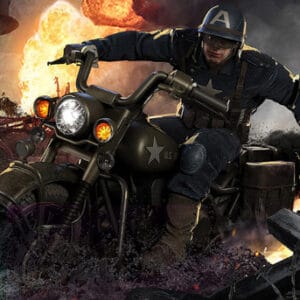
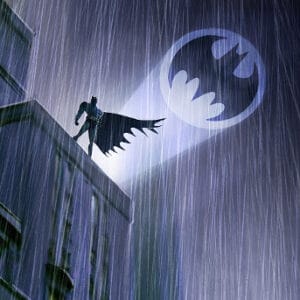








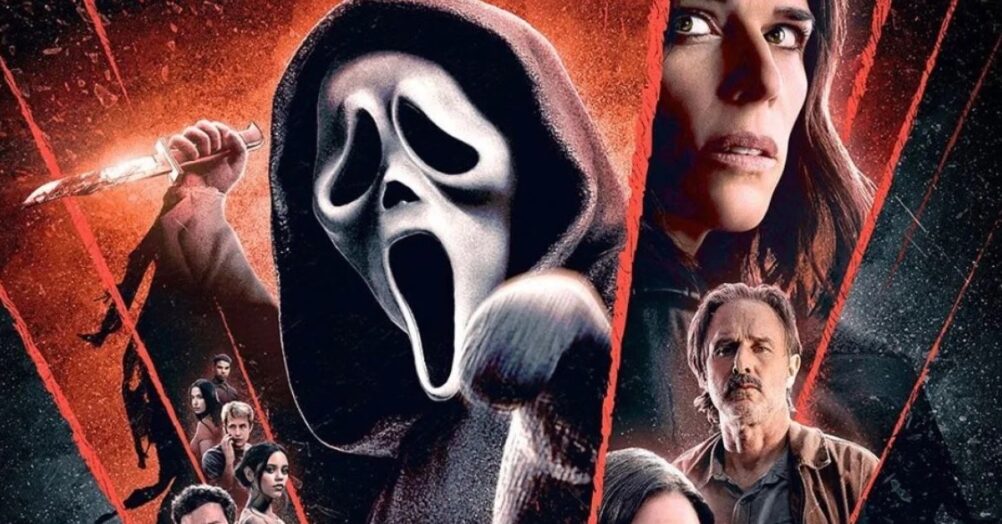

Follow the JOBLO MOVIE NETWORK
Follow us on YOUTUBE
Follow ARROW IN THE HEAD
Follow AITH on YOUTUBE